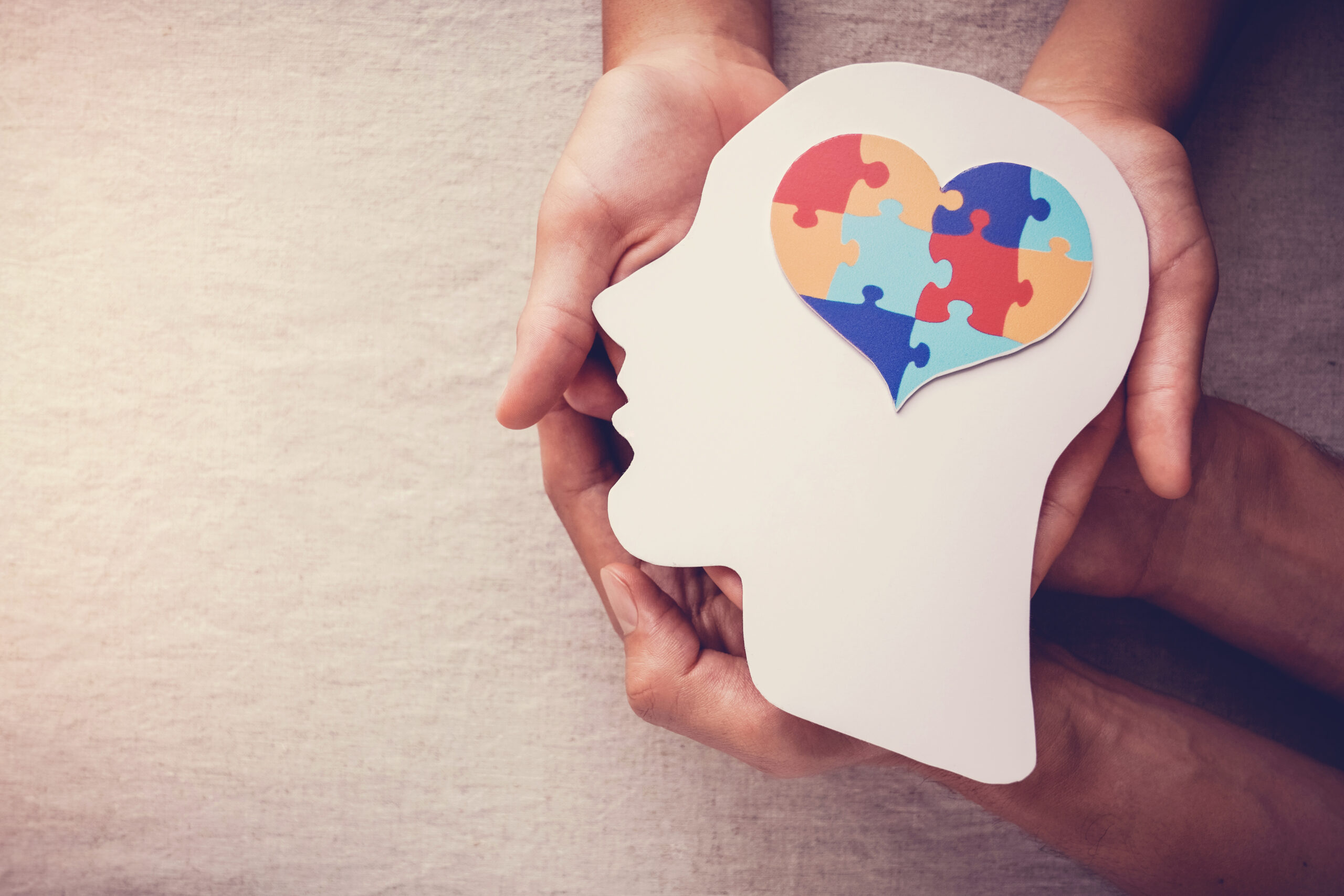Given the possibility for our thoughts and feelings to press upon and to alter our beliefs and values in the aftermath of significant life events, the potential for life trauma to change our worldview deserves some reflection. Trauma might be one of the most forceful opportunities through which our beliefs and values may be influenced by our thoughts and feelings. Of course, the immediate effects of trauma stand out as we may even question whether we were wrong about our view of reality. However, either the residual intensity of the initial trauma or an ongoing and repetitive trauma may not only lead to questions, but to actual changes in our beliefs and values through how we think and feel about the trauma. Underlying these lasting conscious changes, significant biochemical and structural changes can be found in the brain after such trauma. Outside the brain, changes in the levels of various hormones can be observed in the various hormones. While one is not left to fate if one intentionally addresses such biological and emotional changes, ignoring these biochemical responses could leave one at the mercy of the trauma. Traumatic events of any significant severity deserve pause in the flow of life to process the conscious and unconscious influences they press into our beliefs and values.
We have discussed in prior essays the interaction between thoughts and feeling of heads and hearts interacting with beliefs and values. Residing a step or so outside of these thoughts and feelings, the events of our lives shape us in both subtle and in profound ways. So many of these events are positive and enjoyable, yet in our fallen world, creation cries out as wickedness and brokenness press their reality upon our lives. The pain or suffering we experience from these negative influences and their aftermaths can be described as trauma. Minor trauma may leave emotional or physical bruises that can fade in a short time while more significant trauma can leave much longer lasting marks on us, even permanent scars. Such marks of trauma may be physical in ongoing disability, deformity or discomfort. They may also be emotional in altering how we feel about situations or people similar to those involved in the initiating traumatic event. There may be changes in what we think as we face situations which remind us of the original trauma.
While even less intense and less prolonged trauma does not always produce lasting changes, at time it does leave a more permanent mark. In such situations, it may change what we believe about reality. Such trauma may cause us to view reality and life as inherently dangerous, thus causing us to expect more trauma, and potentially cause us to not trust others. Such trauma may lead to our changing what values are important to us. Safety and security may arise in our list of priority values whether in a physical sense or possibly in a relational sense of not getting close to others. This could cause us to slow down and seek much more understanding or assurance before we commit to something that appears to pose a risk. These changes may fade over time or may become a part of who we are for a lifetime.
As neuroscience and neuropsychology advanced, we came to recognize actual physical changes in one’s body from such significant trauma. Different parts of the brain can increase or decrease in size, especially in areas of the limbic system, the brain subsystem which processes emotions including the “fight or flight” response. For example, the amygdala, which processes fear, can change in size with repeated trauma. The change has been reported to go either way and whether the direction of change is a result of, or a cause of Post Traumatic Stress Disorder (PTSD) symptoms has been debated (Morey et al 2012 vs. Kuo et al 2012).
Outside of the brain, the processing and outworking of our hormones also changes. Adverse childhood experiences have been shown to change the response of the adrenal glands to future stressors. Adrenal glands can alter their production of cortisol and adrenaline after prolonged repeated trauma which has led to a poorly labeled syndrome of “adrenal fatigue”. Such changes in our brains and hormones result in our responding differently to future situations and future traumas. Responses to future trauma may be augmented in some people, even resulting in PTSD while in others, response may be blunted and affects flattened.
Trauma of life thus impacts our thoughts and feelings through these biological pathways, yet thoughts and feelings about trauma also impact how we experience the trauma. Prior beliefs and values alter the way we experience the initial trauma as well as alter how we re-experience the similarities of future trauma. While this would paint a grim picture in which we feel ourselves to be helpless victims in the fallen world, through an active approach to such trauma, we can actively engage and influence the resulting changes to our view of the world. In contrast, a passive approach under the belief that we cannot change what happens to us or how we respond to those traumas will leave us at the mercy of the trauma.
In order to engage effectively, we must engage the trauma cognitively in several ways. We must process it cognitively and shine light on its effects, both actual and potential, honestly assessing the impacts. This requires the belief that we have some choice in the matter and a high value on our own well-being. It also requires that we believe that what is wrong can be made right again rather than being hopeless. For the Christian, we must trust that God works all things together for good (Romans 8:28) and that He can bring good out of even the bad (many examples from the Bible). Faith in such eternal truths as found in the Bible will shape our response to trauma if we choose to apply them and trust them.
Traumatic events of any significant severity deserve pause in the flow of life to process the conscious and unconscious influences they press into our beliefs and values. These traumas will inevitably impact our thoughts and our feelings as well as beliefs and values, but we do not have to be helpless in the face of such impacts. We can actively shape our experience both in the present and in the future even as the experience shapes us (2 Corinthians 10:5). The more actively we engage our thoughts and feelings after trauma, the greater the chance of coming out well in health and well-being through right beliefs and values.
Next in this Series… “The Modern Contribution to Our Brokenness”
References:
Morey, R. A., Gold, A. L., LaBar, K. S., Beall, S. K., Brown, V. M., Haswell, C. C., Nasser, J. D., Wagner, H. R., McCarthy, G., & Mid-Atlantic MIRECC Workgroup (2012). Amygdala volume changes in posttraumatic stress disorder in a large case-controlled veterans group. Archives of general psychiatry, 69(11), 1169–1178. https://doi.org/10.1001/archgenpsychiatry.2012.50
Kuo, J. R., Kaloupek, D. G., & Woodward, S. H. (2012). Amygdala volume in combat-exposed veterans with and without posttraumatic stress disorder: a cross-sectional study. Archives of general psychiatry, 69(10), 1080–1086. https://doi.org/10.1001/archgenpsychiatry.2012.73


Recent Comments